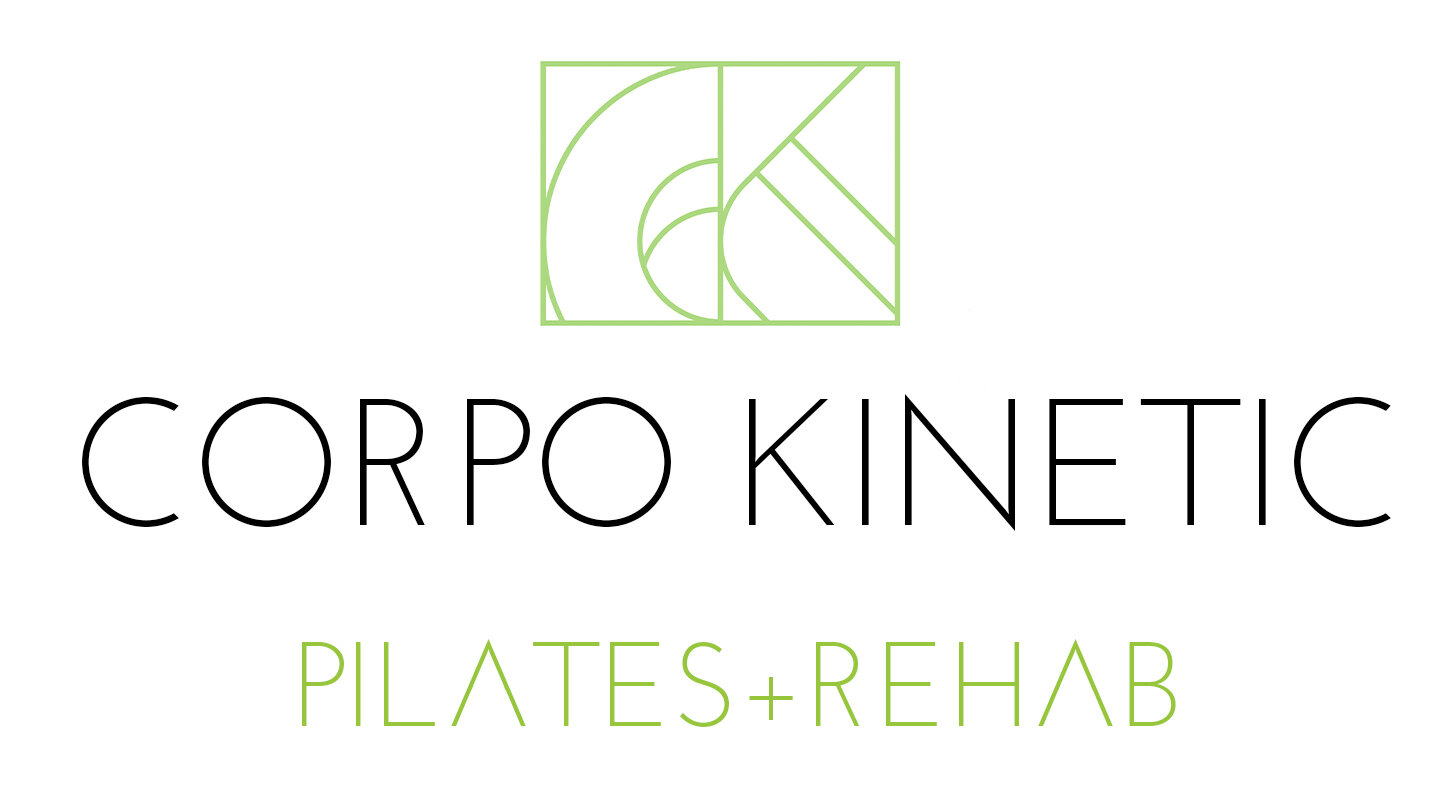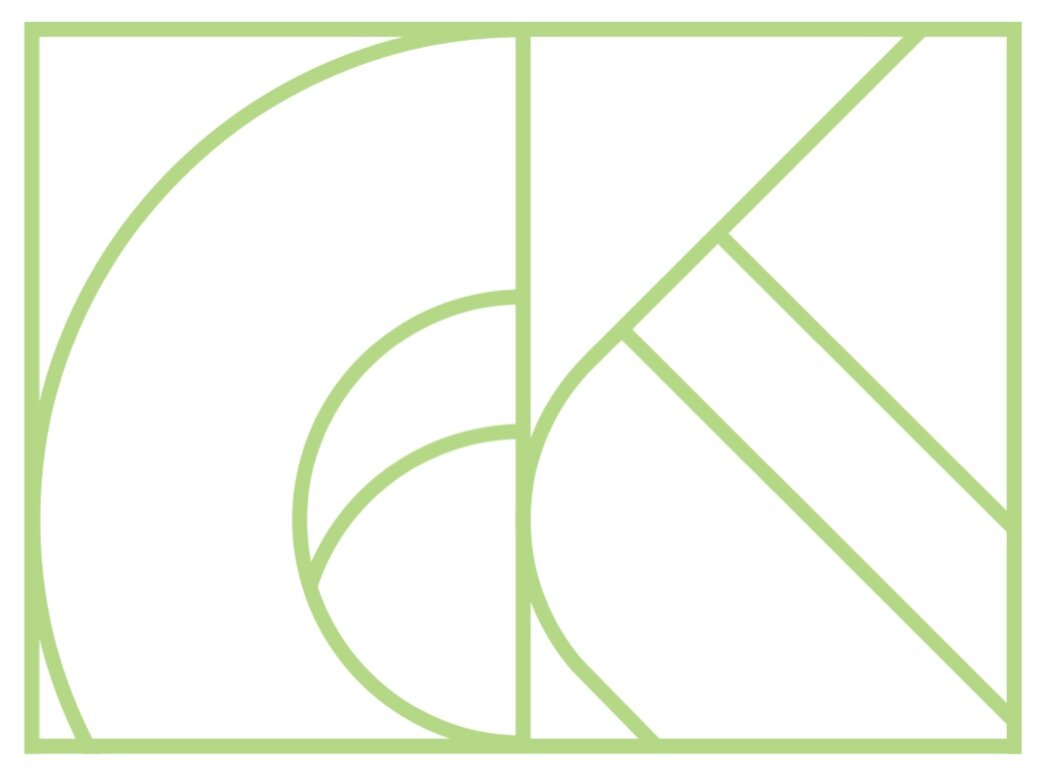Common Cues Explained Pt II
There’s some common lingo you’ll hear in Pilates classes, which we began to cover in our previous blog, Common Cues Explained Pt I. In this blog we’ll discuss and deepen our understanding of more of these common cues.
Cue: Tuck your chin
Explanation: Your instructor is looking out for your neck! When we jut the chin forward or lift the chin too far away from the chest, the back of our neck gets shorter, compressing our cervical spine.
What to do when you hear it: You’re looking for the spot where the back of the neck is long, but the side of the neck is soft. Try this: lift your chin away from your neck, and then tuck your chin towards your neck. Can you feel the spot where the back of the neck is long, and there’s softness on the sides of the neck (meaning we’re not feeling any strain there)? That’s the spot your teacher is cuing when they say “tuck your chin.”
Extra credit points if you also think of drawing the head away from the shoulders as you tuck the chin. This helps traction the cervical spine (and thus decompress it).
Cue: Head Heavy in your hands
Explanation: This cue is generally given in an upper ab curl (or any movement that incorporates that). Why? We often pull on our head with our arms or create too much of the curl from our necks, instead of focusing the work in the upper abdominals and creating an even curve through the neck and upper back.
What to do when you hear it: You want to relax the weight of your head into your arms as much as possible, and then use your abdominals to move you (not your arms to pull you away from the earth). Keep the curve of the neck in line with the curve in your upper back.
Try this: hover your head an inch of the ground. Tuck your chin and keep the back of the neck long (just like we learned to do above). Fully release the weight of the head into your hands. As you roll higher, keep the head heavy, and focus on the abdominals lifting you up. Once you’re at your highest ab curl, check again — could the head be any heavier in your hands (resting as if in a hammock)?
Cue: Lengthen the spine
Explanation: This will be something you hear all the time in Pilates, because we care so much about your spine and its well-being. We’re trying to find extra length between the vertebrae. Fun fact: did you know that there’s an actual muscle that does that? The multifidi and rotatores muscles span the gap from one vertebrae to the next (or, in some cases, from one vertebrae to two vertebrae up), and part of their function is to maintain space between the vertebrae. So lengthening your spine isn’t just an existential idea, it’s a muscular action, and part of our complete 360 degree engagement of our deep core.
What to do when you hear it: Imagine your head and hips are reaching in opposite directions, letting your spine get a few centimeters longer.
Be mindful of what’s happening with the ribs: often when we try to lengthen the spine we end up jutting the ribs forward, which represents over-lengthening the front of the spine, but actually compressing the back of the spine. Imagine you’re in-between two panes of glass you just cleaned. As you lengthen the spine, the front, back, and sides of your body should all lengthen together.
Cue: Lift the chest away from the ground / Shoulders Wide
Explanation: This cue is often given when you’re on all fours or plank position. With gravity pulling us towards the earth, we often end up dropping the chest into gravity (causing the shoulder blades to wing away from the ribs and come towards each other).
What to do when we hear it? Practice this: Let the chest fall into gravity and then lift the chest away from the earth. Can you do this without moving the elbows or rounding the spine? Find the spot where your chest is lifting as far away from the ground as possible, the upper back is long (not rounded), and the shoulder blades are wide (not squeezing together). You should be able to find more work through the arms and shoulder stabilizers when your chest is lifted away from the ground - we want that support!
Cue: Imprint the pubic bone on the mat
Explanation: This cue is used in the prone position (when we’re laying on our bellies). When we’re laying belly-down, gravity pulls our stomachs down towards the ground, tilting the pelvis forwards, and resulting in an over arched lower back. Exercising in that position can compress the lumbar spine. To avoid that compression, we want to start in a neutral pelvis and lower back.
What to do when you hear it: Engage your lower abdominals, as if you’re trying to pick your belly button off of the mat and draw it up towards the front of your spine. At the same time, gently press (or imprint) the pubic bone down into the mat. This action should lengthen your lower back.
Let’s Move!
Book a group class or private session to use what you’ve learned:

